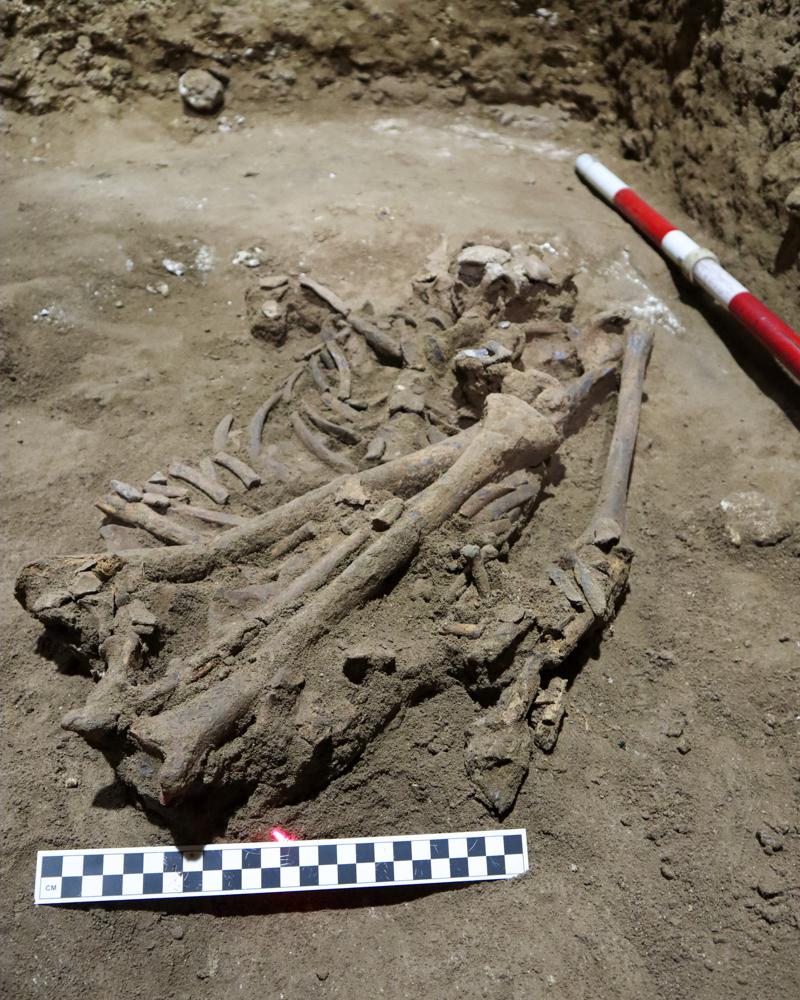World's oldest amputation rewrites existing understanding of prehistoric medicine
Categories: Nálezy v Asii a Oceánii
The journal Nature brought a huge sensation: a Neolithic skeleton with a surgically amputated leg was discovered in the Liang Tebo cave on the island of Borneo. It is by far the oldest confirmed surgical amputation, dating back 31,000 years! The previous one was "only" 7,000 years old. The discovery fundamentally changes the scientific view of the development of prehistoric medicine.
The earliest amputation to date "belonged" to a Neolithic farmer with an amputated forearm on his left arm. He came from the territory of France seven thousand years ago. He also led scientists to believe that the development of medicine occurred after the transition from an active hunter-gatherer lifestyle to a more sedentary farming lifestyle. Firstly, because the change brought new health problems, and also because the technology and knowledge of ever-growing populations developed very rapidly.
Complex medical procedures (such as surgical amputation) require detailed knowledge of anatomy and medical skills to prevent infection, for example. The consensus belief was that humans only began to use this knowledge and methods ten thousand years ago. The discovery of the young man from Borneo fundamentally changes this belief. Not only did he lose a third of his left leg, but he lived for another six to nine years after the operation. Asia seems to have developed advanced medical skills tens of thousands of years before the first farmers.
"Scientists have been exploring a cave in the island's rainforest, which is known for some of the oldest rock art in the world when they came across the grave," Tim Maloney, an archaeologist at Griffith University in Australia and the study's lead researcher, said at a news conference. "The skeleton was lying in the central chamber of Liang Tebo Cave. It was laid with the right knee bent towards the chest and the left knee pointing under the pelvis. None of the leg bones were missing, except for the left amputated part above the tibia," he added. Flint tools and a piece of red ochre were deposited along with the remains. Limestone stones were placed on the backfilled grave above the head and chest.
At the time of the operation, the young man was just a boy, and died later at the age of about 20. His left tibia and fibula are smaller than those of his right (healthy) leg, having stopped growing after the operation. He was probably no more than 12 years old. Despite his injuries, he lived into early adulthood. The bones of his left leg showed signs of severe muscular atrophy and even his healthy right leg showed signs of atrophy. His mobility was severely limited and he had to be cared for until his death.
The amputation marks on his left femur show a clean, oblique cut. Neither a wildlife attack nor an accident could have caused such a clean, oblique cut. There is also no evidence of infection in the bone: "The prehistoric hunters therefore knew enough about medicine to perform the operation without fatal blood loss or infection," the report concludes.
Scientists do not yet know what kind of instrument was used to amputate the limb or how infection was prevented. However, they believe that the cut may have been made with a sharp stone tool and infection was prevented due to their knowledge of regional plant species and their medicinal properties. "This operation rewrites the history of human medical knowledge and its development," Maloney concluded at the press conference.
Roman Nemec
Sources: nature.com, apnews.com




Tim Maloney and Andika Priyatno at the discovery in a cave in East Kalimantan
The article is included in categories: